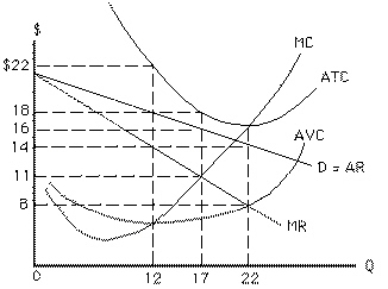Exhibit 9-16  Exhibit 9-16 depicts the cost and demand conditions facing a profit-maximizing monopolist that does not price discriminate.Which of the following statements is true?
Exhibit 9-16 depicts the cost and demand conditions facing a profit-maximizing monopolist that does not price discriminate.Which of the following statements is true?
A) An output of 50 is allocatively efficient, but the monopolist will produce 100 units.
B) An output of 50 is allocatively efficient, but the monopolist will produce 75 units.
C) An output of 75 is allocatively efficient, but the monopolist will produce 100 units.
D) An output of 100 is allocatively efficient, but the monopolist will produce 50 units.
E) An output of 100 is allocatively efficient, but the monopolist will produce 75 units.
G) All of the above
Correct Answer

verified
Correct Answer
verified
Exhibit 9-14  At the profit-maximizing (or loss-minimizing) level of production, the monopoly in Exhibit 9-14 will have total cost of
At the profit-maximizing (or loss-minimizing) level of production, the monopoly in Exhibit 9-14 will have total cost of
A) $264
B) $306
C) $216
D) $187
E) $176
G) B) and E)
Correct Answer

verified
Correct Answer
verified